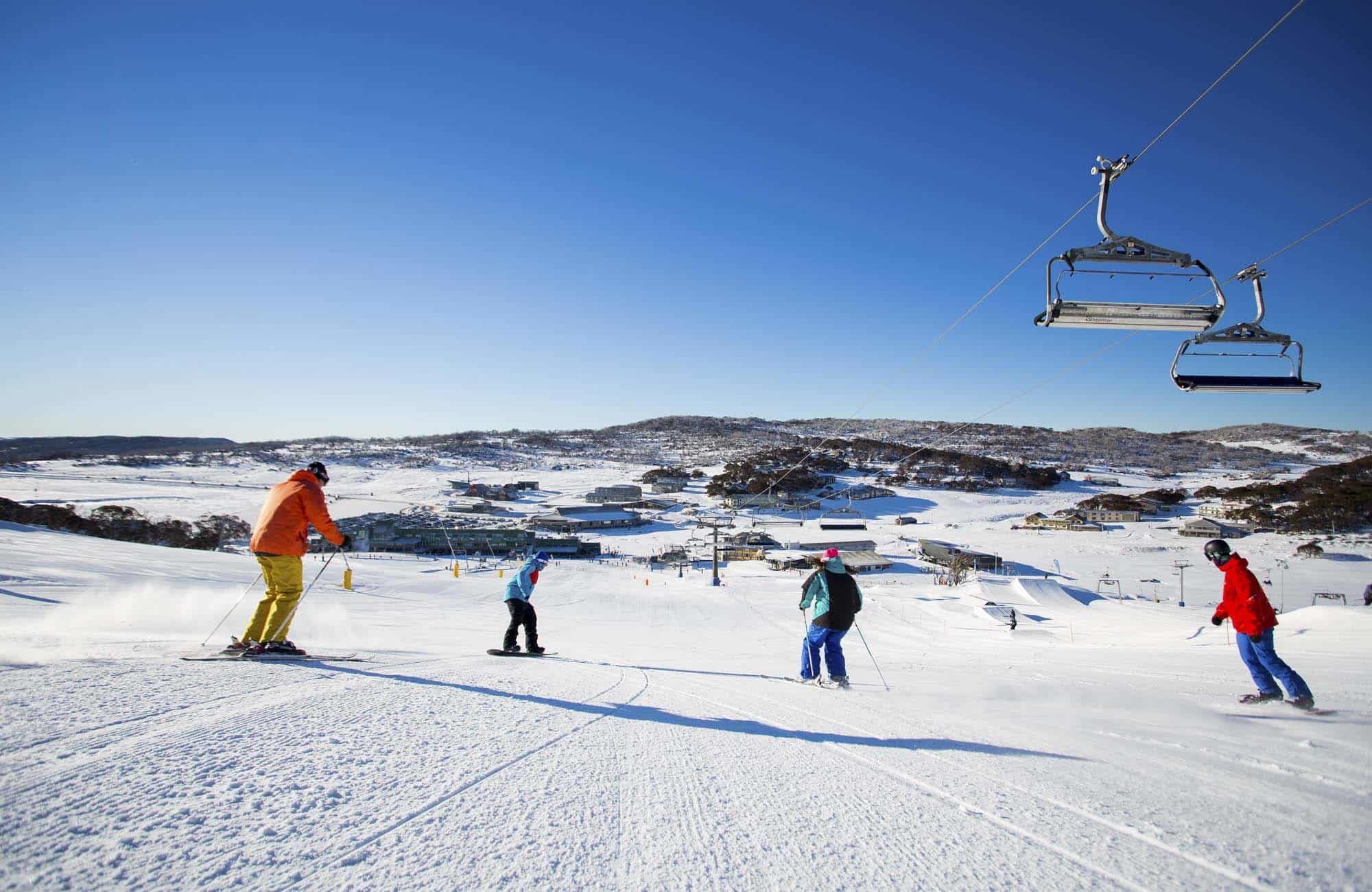Plan an Unforgettable Winter Vacation to Experience Snow In Australia with Family
Plan an Unforgettable Winter Vacation to Experience Snow In Australia with Family
Blog Article
Discover the Interesting Results of Snow in Australia on Neighborhood Ecological Communities
Despite its credibility for sun-soaked landscapes, Australia additionally flaunts regions buried by snow-- a phenomenon that profoundly affects the country's distinct communities. The shielding properties of snowflakes safeguard vegetation and fauna amidst the coldest winters months, while the melting snow supports rivers and water life.
The Unanticipated Regions of Snowfall in Australia
The high country regions of New South Wales, Victoria, and Tasmania are especially known for their winter months snow. The Snowy Hills in NSW, for instance, get plentiful seasonal snow, supplying a raw comparison to the nation's normal warm, arid environment. The presence of snow in these areas dramatically affects regional environments, consequently impacting the nation's distinct biodiversity.
Exactly How Snow Impacts Australia's Special Flora
While it might appear unusual, snowfall in Australia plays a crucial duty fit the nation's special vegetation. The snow-filled winters foster durability in Australian plant types. This is specifically evident in the sub-alpine and towering areas, where snow gums and hill plum-pines grow. These plants have actually evolved to make it through in severe problems, with snow working as a safety covering from freezing temperature levels and rough winds. The snow additionally adds to the moisture web content of the soil, giving required hydration for plant during the completely dry summer months. Basically, the snow affects the timing of blooming and seed dispersal, the development prices, and the survival of many plant varieties, showcasing the detailed interplay between climate and vegetation in Australia.

The Adjustments of Australian Fauna to Snowfall
Simply as Australia's vegetation has actually adapted to the wintery problems, the regional animals too, exhibit remarkable adjustments to the snowfall. Types like the Hill Pygmy-possum, the only Australian marsupial known to hibernate, have progressed techniques to survive in snowy atmospheres. It uses the snow as insulation, hibernating in rock gaps below the snow to remain warm. The Snow Skink, a species of reptile, changes its colour to white throughout winter season, giving camouflage versus predators. Birds such as the Snowy Mountains' Crimson Rosella also readjust their diets to eat readily available food sources throughout chillier periods. Thus, in spite of the harsh conditions, Australian animals demonstrates a durable and adaptive nature, ensuring their survival in regions experiencing snowfall.
The Role of Snow fit Regional Communities
Fit the neighborhood environments, the duty of snow in Australia is both multilayered and profound. It influences the distribution of plants and animals, greatly specifying the biodiversity of sub-alpine and towering regions. Snow gives an important water resource, feeding rivers and tanks as it melts, therefore sustaining a range of water life types. Furthermore, snow functions as an insulator, try these out securing ground-dwelling microorganisms from extreme cold. It plays a significant function in dirt formation and nutrient cycling. The routine freezing and thawing of soil induced by snowfall promotes the breakdown of rocks, improving dirt fertility. As a result, the existence of snow forms the vegetation patterns, animal actions, and general sustainability of Australia's unique environments. Snow In Australia.

The Future of Snowfall in Australia: Ramifications and forecasts

Offered the critical role snow plays in forming neighborhood ecosystems, the future of snowfall in Australia is attracting boosting interest from ecologists and scientists. Less snow could result in reduced water schedule in towering areas, adversely affecting wild animals habitats and plant life. The tourism market, heavily dependent on the wintertime snow period, might additionally deal with significant difficulties.
Final Thought
The role of snow in Australia's ecosystems is crucial yet usually overlooked. It works as a protector, a nurturer, and a shaper of varied alpine types, adding to the richness of Australia's high country. As climatic patterns remain to move, comprehending the ramifications and prospective makeovers of these snow-influenced ecological communities is crucial. Thus, the snow in Australia is more than an all-natural spectacle; it's an important gamer in the nation's ecological narrative.
Despite its track record for sun-soaked landscapes, Australia additionally flaunts areas blanketed by snow-- a sensation that profoundly affects the country's distinct ecological communities. It uses the snow as insulation, hibernating Go Here in rock crevices below the snow to remain warm - Snow In Australia.In forming the local communities, the duty of snow in Australia is both multilayered and profound. The existence of snow forms the greenery patterns, pet actions, and overall sustainability of Australia's one-of-a-kind ecological communities
Provided the important role snow plays in forming regional environments, the future of snowfall in Australia is drawing enhancing interest recommended you read from conservationists and researchers.
Report this page